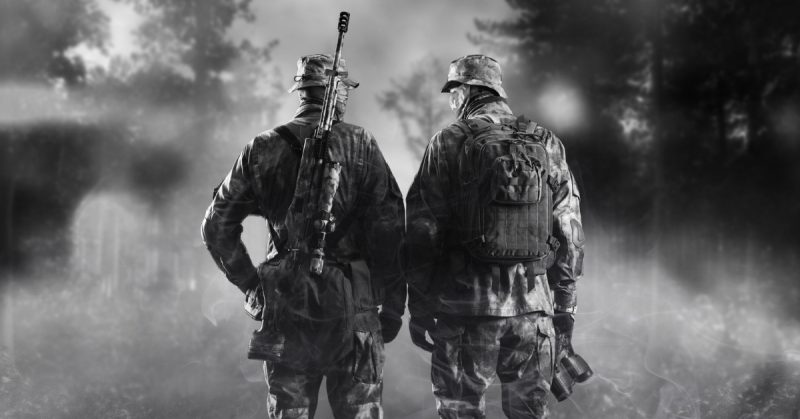It is not news that military outfits all over the world have large, sealed-off archives of highly classified information. Secret operations have been essential functions of military organizations right from the outset, with various objectives carried out behind both enemy and friendly lines.
These operations usually permit no publicizing. However, we know a number of them either because a disgruntled insider decided to leak information, or because a zealous reporter caught a scent and refused to stop sniffing, or perhaps government or military authorities decided to declassify them.
Despite those we do know about, so many more will remain secrets forever.
Here are the top 12 known secret operations in history.
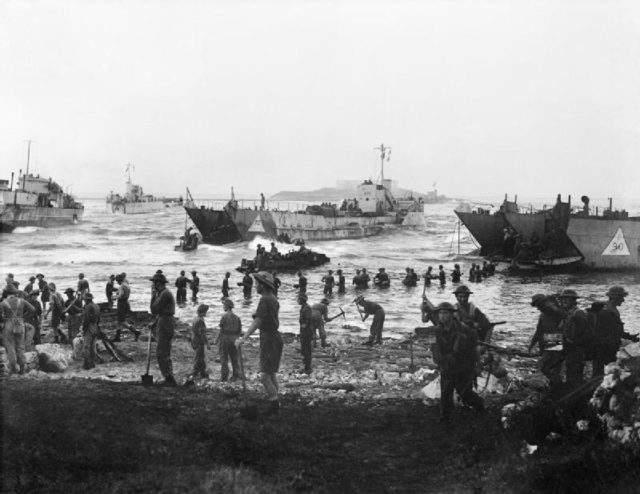
1. Operation Eiche
Following the Allied invasion of Sicily and bombing of Rome, The Grand Council of Fascism lost confidence in Mussolini and ultimately arrested him.
Hitler became concerned about the incident because of Mussolini’s usefulness in keeping Italy in the war. Italy would be beyond Hitler’s grasp if Mussolini got transferred to the Allies.
Thus, he gave the order for Operation Eiche to proceed.
Waffen-SS officer Otto Skorzeny was a major participant in this operation.
Mussolini’s captors moved him around to several different locations in a bid to make him untraceable. However, after several false starts, wrong turns, and dead ends, Skorzeny’s agents eventually narrowed down Mussolini’s location: Campo Imperatore Hotel, located in the Gran Sasso massif in the heights of the Apennine Mountains.
On 12 September 1943, Skorzeny and his team of sixteen commandos joined up with paratroopers, landing with gliders on the mountaintop. Within ten minutes, they had stormed the hotel, cut off all communication lines, subdued about 200 Carabinieri guards, and rescued Mussolini–all without firing a single shot.
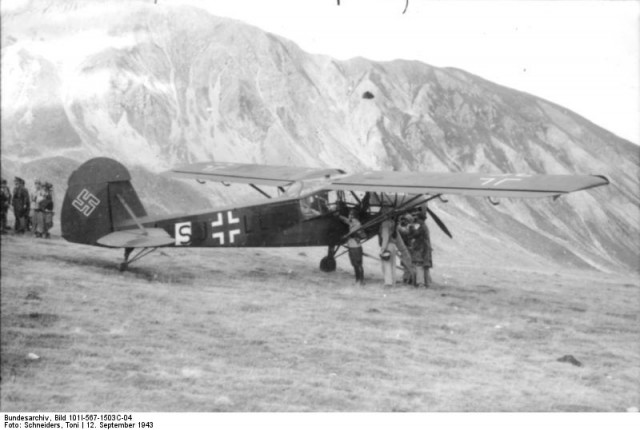
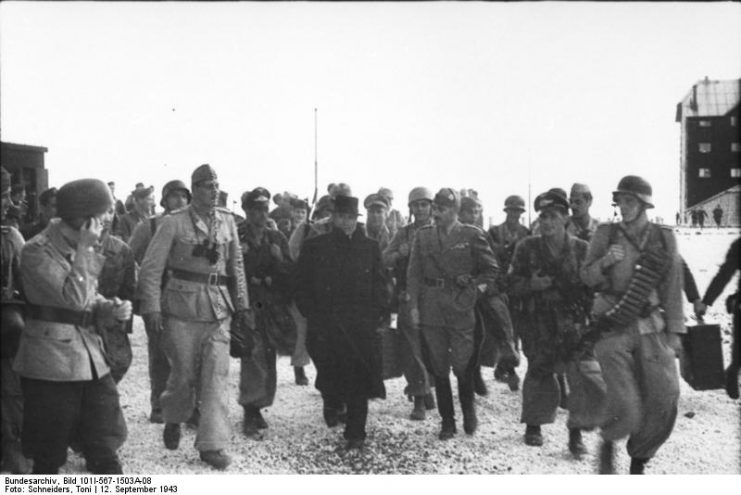
2. Operation Orchard
This was a secret strategic bombing operation executed by the Israeli Mossad on an alleged nuclear reactor known as the Al Kibar site in the Deir Ez-Zor region of Syria.
In order to deny Syria nuclear weapons capability, the Israeli government decided to strike Syria’s secret nuclear facility in accordance with the 1981 Begin Doctrine. Serious concerns about Syria’s retaliation plagued the operation, but the Israeli government remained undeterred, and launched the mission on September 6, 2007.
For eleven years following the bombing of the Al Kibar site, the truth about the attack was not known.
On one hand, Syria denied having an ongoing nuclear program and did not cooperate with investigators from the International Atomic Energy Agency. On the other hand, nobody came out to claim responsibility for the raid.
Evidence of a nuclear reactor emerged on the site in 2009, and in April 2011 it was confirmed that indeed, a nuclear reactor had been at that location.
However, Israel did not come out to claim responsibility for the attack until 2018.
3. Operation Gunnerside
This was a secret operation conducted by a group of nine British-trained Norwegian commandos on the evening of 27 February 1943. The commandos infiltrated Nazi Germany’s Vemork hydroelectric plant in Rjukan, Norway, where Germany was running an atomic bomb project using heavy water.
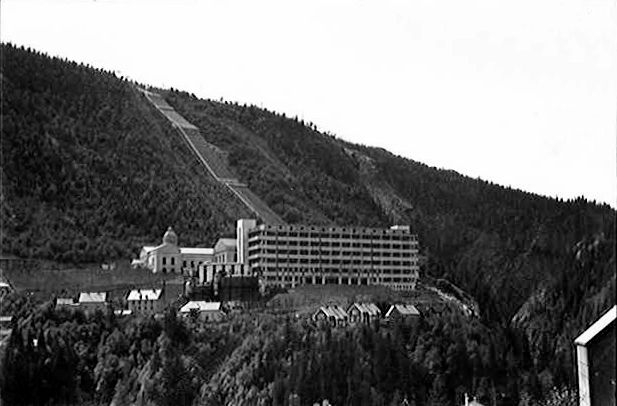
The Allies naturally didn’t want Germany to complete their atomic bomb project and thus decided to launch the raid.
The destruction of the facility crippled Germany’s atomic bomb project for months. When the Germans decided to move the remaining heavy water to Germany through Lake Tinn, Norwegian resistance fighters sank the ferry transporting the heavy water.
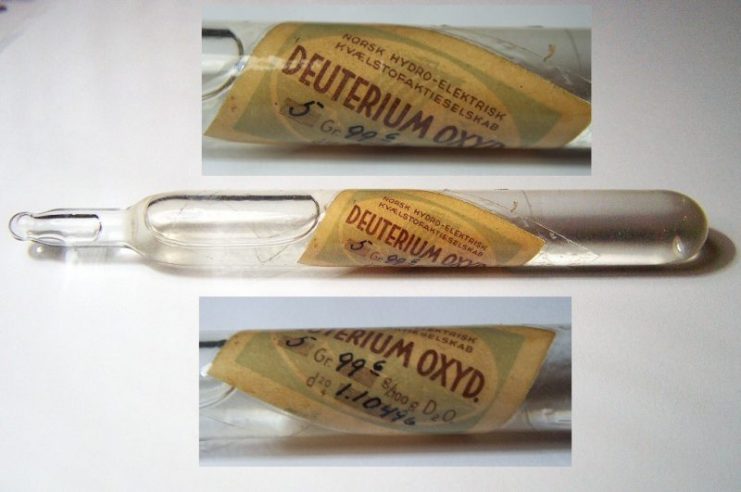
This mission is said to be the most successful sabotage operation in WWII.
4. Operation Wrath of God
This was a secret assassination campaign by the Israeli Mossad, aimed at eliminating all individuals involved in the killings at the 1972 Munich Olympics. That tragedy had resulted in the deaths of eleven members of the Israeli Olympic team.
Mossad identified members of the Palestinian Black September Organization, as well as members of the Palestine Liberation Organization, as culprits of the massacre. In late 1972, Mossad began its secret mission of revenge. The first assassination took place on 16 October 1972, and it is said that the mission continued for over twenty years.
5. Operation Fortitude South
Just before D-Day, the Allies needed something to distract the Germans, to increase the Allies’ chances of a successful invasion.
D-Day was a large-scale operation, and no doubt one of the largest invasions in history. To fool the Germans, the Allies required a distraction of equal complexity.
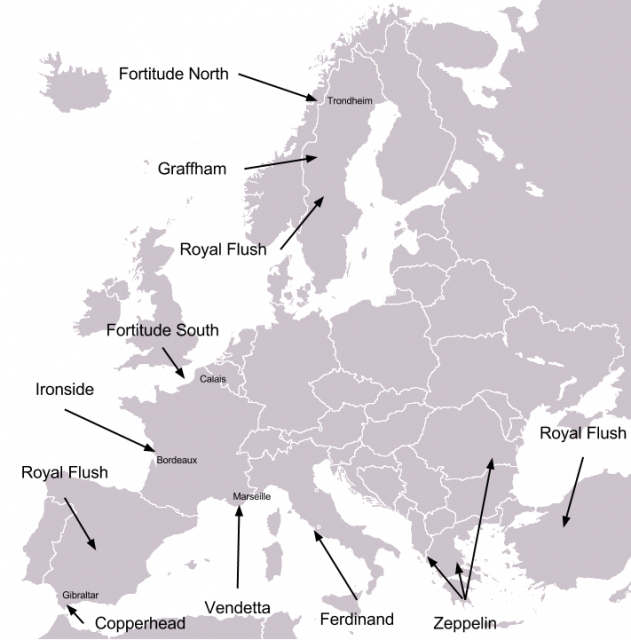
Thus came Operation Fortitude South.
Through this mission, the Allies fed the Germans fake intelligence, making them believe that the Allies were actually heading for Pas de Calais.
The Allies went to great lengths: creating a fake invasion force, making realistic preparations, and even appointing the famous General George Patton as commander of the fictitious invasion force.
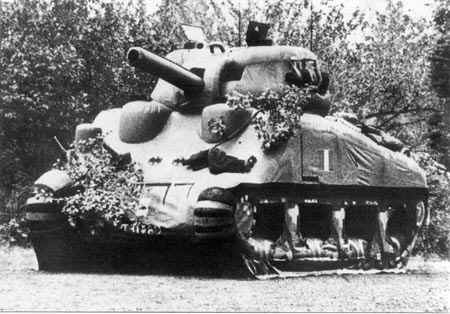
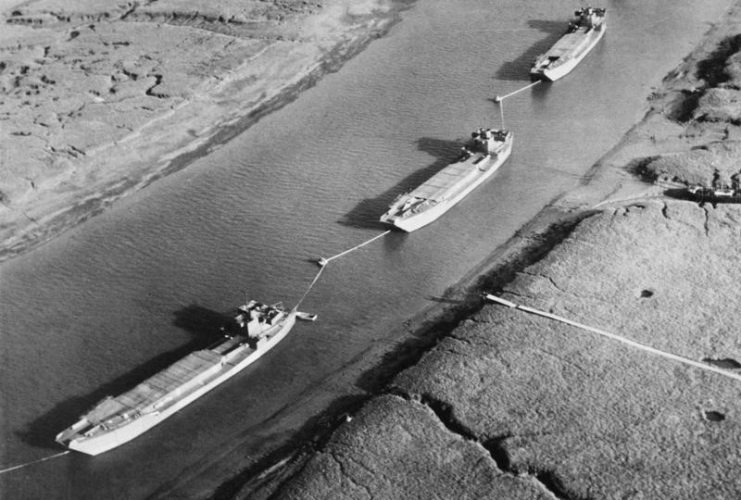
When D-Day finally came and the Allies stormed the shores of Normandy, there was a substantial concentration of German forces in Pas de Calais–waiting to repel an enemy force that was never coming.
6. Operation Greif
During the Battle of the Bulge, Adolf Hitler called upon Waffen-SS commando Otto Skorzeny to secure at least one of the bridges around the Meuse river before Allied forces destroyed all of them.
Skorzeny had earned Hitler’s trust following his remarkable successes in previous missions.
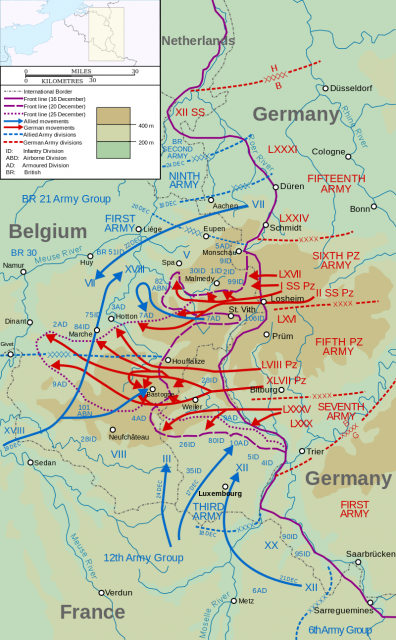
As part of Operation Greif, Skorzeny deployed a handful of German soldiers who could speak English to infiltrate Allied lines. Their purpose was to start a wave of confusion from within the Allied lines in order to weaken morale.
These soldiers, thanks to falsified documents and convincing uniforms, wreaked havoc in Allied territory. They destroyed communication lines, switched road signs, spread false information, and began a storm of panic and confusion.
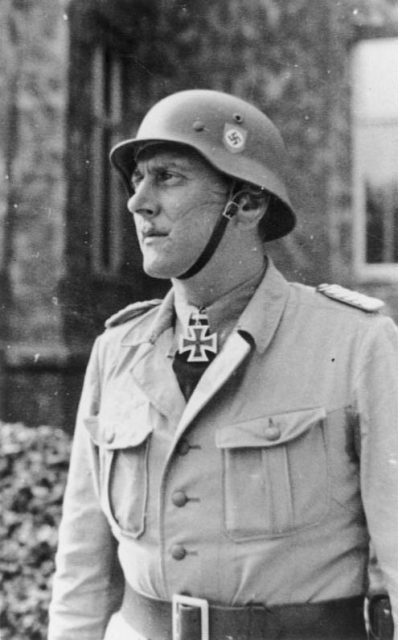
Although Skorzeny’s main objective was ultimately unsuccessful, these German shenanigans caused a slowdown in operations as the Allies desperately searched for the phony troops, suspecting almost everyone, and sometimes mistakenly imprisoned their own soldiers.
7. Operation Anthropoid
Operation Anthropoid was a covert operation of the Czechoslovak army-in-exile in Prague on 27 May 1942. Its objective was the assassination of Nazi officer Reinhard Heydrich.
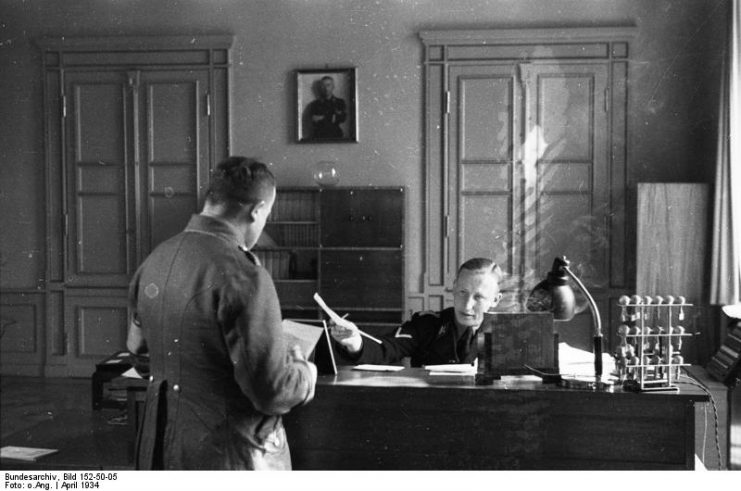
Following the approval of the Czechoslovak government-in-exile, the British Special Operations Executive prepared the mission.
During the assassination attempt, Heydrich managed to escape with injuries, but would die from his wounds on 4 June 1942.
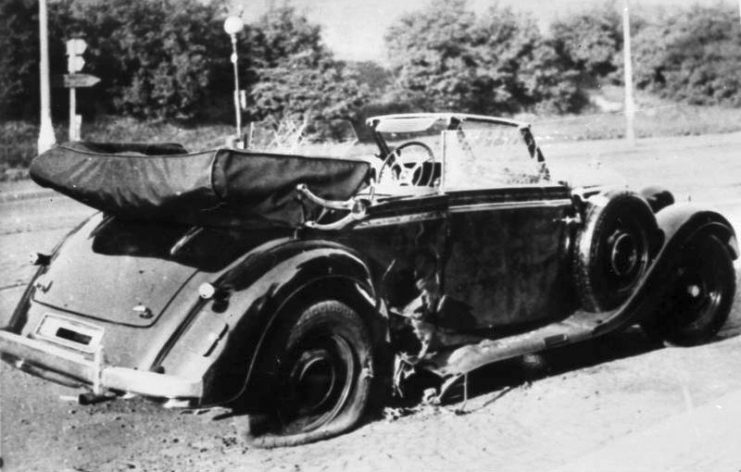
8. Project Azorian
With about 800 million dollars spent on this project, it was one of the most expensive, sophisticated, and secretive operations of the Cold War.
The 1974 mission was undertaken by the American Central Intelligence Agency (CIA) in the depths of the Pacific Ocean, to recover the Soviet submarine K-129 which had sunk in 1968.
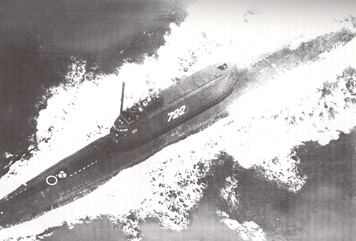
The CIA sanctioned the construction of a mission-specific ship, the USNS Hughes Glomar Explorer.
By the end of this secret operation, the U.S. was able to secure the submarine, along with confidential documents and nuclear missiles.
9. Project Iceworm
This was a codename for a highly classified Cold War project of the U.S. Army under Greenland’s ice sheet. The U.S. Army chose the Greenland ice sheet chiefly because it was convenient to targets located within the Soviet Union.
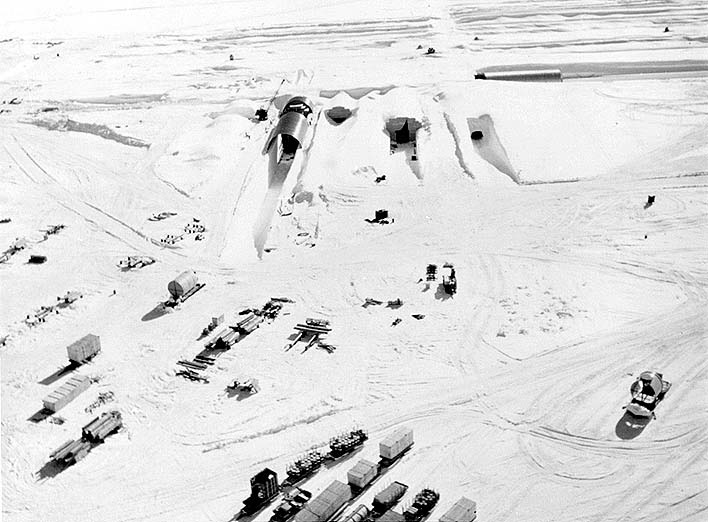
Without knowledge or permission from the government of Denmark, they placed several medium-range missiles in this hidden location. In order to verify the feasibility of conducting the project under ice, the U.S. Army launched a widely publicized “cover” project called Camp Century.
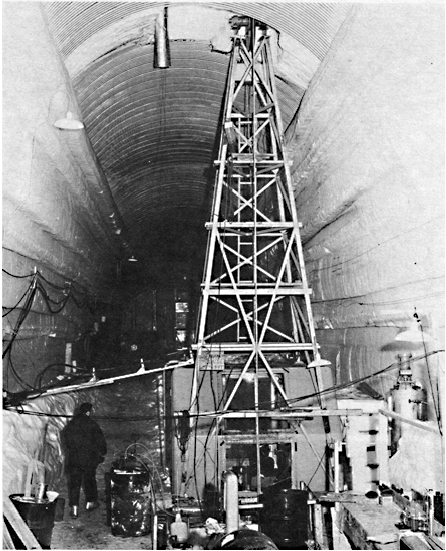
Six years later, unsteady ice conditions threatened the project, forcing the U.S Army to call it off.
Details of Project Iceworm remained secret until 1995, following a thorough investigation by the Danish Foreign Policy Institute.
10. Operation Gold
The British government has been particularly stingy with details of this operation, keeping them classified from the outset. Any authoritative information concerning Operation Gold is largely scanty.
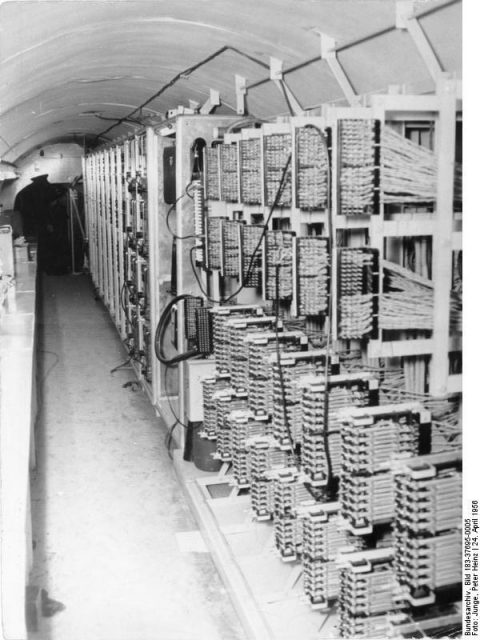
Operation Gold was a combined effort in the 1950s by the British MI6 Secret Intelligence Service and the CIA, aimed at tapping into the Soviet army’s communication lines in Berlin.
They sought to achieve this by building a tunnel under the Soviet-occupied zone.
However, this mission became a failure when a mole, George Blake, revealed the information to the Soviets.
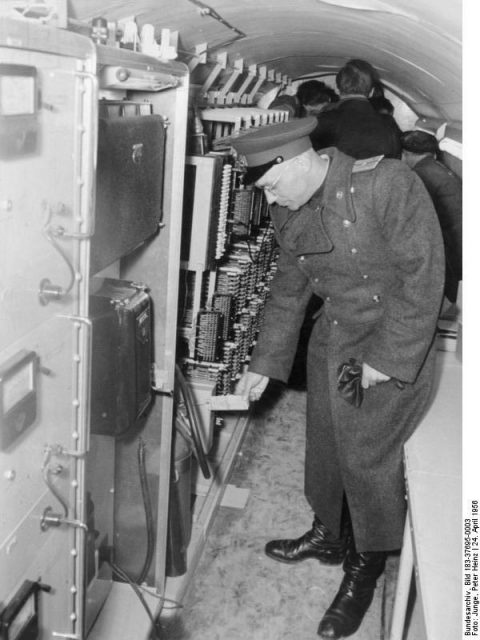
11. Operation Washtub (Nicaragua)
This operation’s objective was to frame then-President Jacob Arbenz of Guatemala by planting a fake Soviet arms cache in Nicaragua. The CIA wanted to portray the Arbenz administration as having a relationship with the Soviet Union, and thus facilitate overthrowing him.
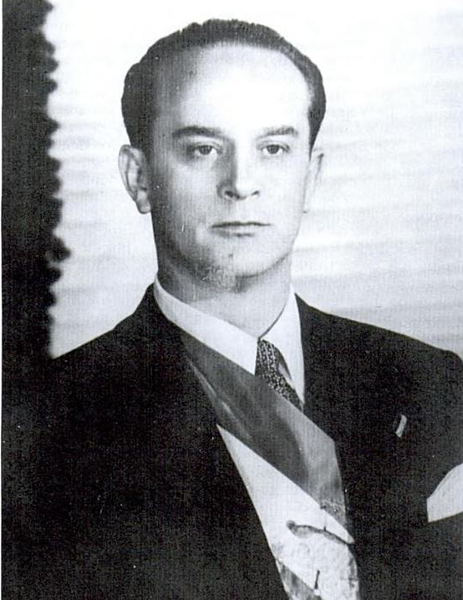
In league with the Nicaraguan government, the CIA planted a cache of Soviet-made arms on the coast of Nicaragua on February 19, 1954. Nicaraguan President Somoza Garcia also confirmed photographing a Soviet submarine and alleged that the Soviet-made arms belonged to Guatemala.
The CIA, remaining in the background, ultimately did not follow through on the intention of this operation.
However, later that same year, a CIA-sponsored coup d’etat saw President Jacob Arbenz thrown out of power.
12. Operation MKOFTEN
Initiated in 1966 through a collaboration of the Department of Defense (DoD) and the CIA, MKOFTEN was aimed at determining the behavioral effects of certain drugs on humans and animals, as well as the toxicological effects of these drugs on the test subjects.
Read another story from us: Nazi Werewolves? The Secret Nazi Guerrilla Organization
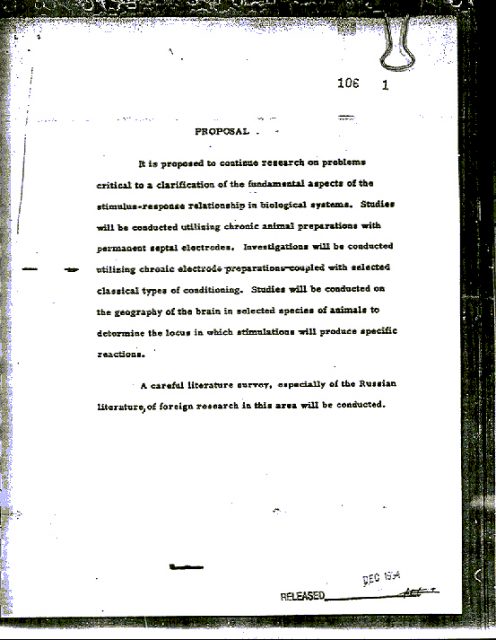
MKOFTEN came two years after the CIA launched the MKULTRA. In the book Secrets and Lies, author Gordon Thomas alleged that this bizarre mission went as far as employing the use of black magic on test subjects.
